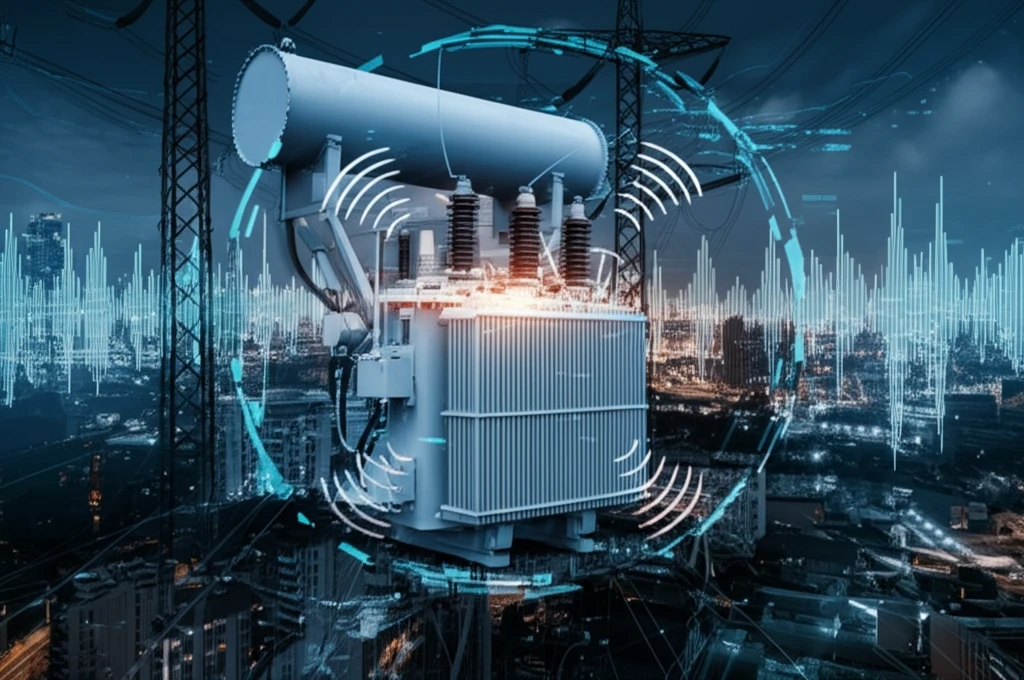
Unlocking Grid Reliability: Can Vibration Analysis Revolutionize Transformer Monitoring?
"New research explores how detecting subtle vibrations in inductive voltage transformers could provide an early warning system for power grid failures, enhancing safety and preventing costly outages."
Imagine a world where power outages are a distant memory, where the electrical grid hums along with unwavering reliability. While that may seem like a far-off dream, innovative research is bringing us closer to that reality. One of the most promising advancements lies in the realm of vibration analysis for inductive voltage transformers (IVTs).
Ferroresonance, a sneaky culprit behind many power system failures, causes overvoltages and waveform distortions that can seriously damage IVTs and other grid components. The problem arises from the interaction of inductances and capacitances within the system, leading to abnormal oscillations that are difficult to predict and control.
But what if we could detect ferroresonance before it wreaks havoc? A recent study by Arroyo et al. explores a groundbreaking approach: using vibration analysis to identify the telltale signs of ferroresonance within IVTs. This method leverages the fact that when an IVT experiences ferroresonance, its core vibrates in a unique way due to magnetostriction, a property where the dimensions of ferromagnetic materials change under magnetization. By monitoring these vibrations, we can potentially gain an early warning of impending problems.
How Does Vibration Analysis Uncover Ferroresonance?

The core idea behind this technique is remarkably simple: listen closely to the vibrations within an IVT. During ferroresonance, the IVT's core undergoes saturation, leading to significant variations in the magnetic field. This, in turn, excites the natural vibration modes of the IVT due to the magnetostrictive properties of the core's ferromagnetic material.
- Sensor Installation: Accelerometers are attached to the IVT to detect vibrations. Ideally, additional sensors are placed nearby to filter out background noise.
- Reference Range Setup: The system learns the normal vibration patterns of the IVT under various operating conditions (normal, earth fault, ferroresonance). This involves calibration tests to ensure accurate measurements.
- Data Acquisition and Analysis: Real-time vibration data is collected and compared against the established reference ranges. Signal conditioning techniques are applied to reduce noise and enhance the signal.
- RMS Vibration Calculation: The Root Mean Square (RMS) value of the vibration signal is calculated to quantify the overall vibration level.
- Comparison and Detection: The real-time RMS vibration value is compared to the reference ranges. If the vibration exceeds the normal range, it indicates a potential ferroresonance event.
The Future of Grid Monitoring: Proactive, Not Reactive
The research by Arroyo et al. offers a compelling vision for the future of power grid monitoring. By embracing proactive techniques like vibration analysis, we can move away from reactive approaches that only address problems after they occur. This shift towards predictive maintenance will not only improve the reliability of our electrical grids but also reduce costs associated with downtime, repairs, and equipment replacement. As our reliance on electricity continues to grow, innovations like this will be essential for ensuring a stable and secure power supply for all.

